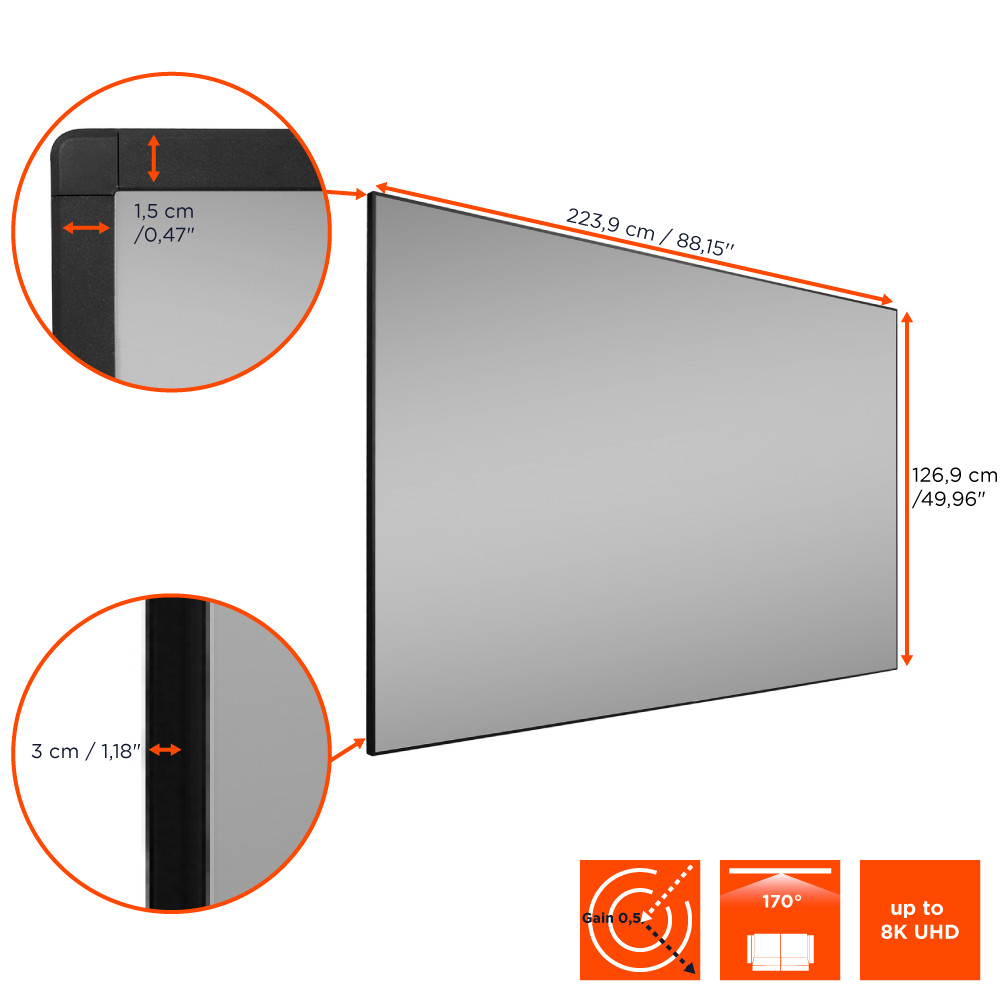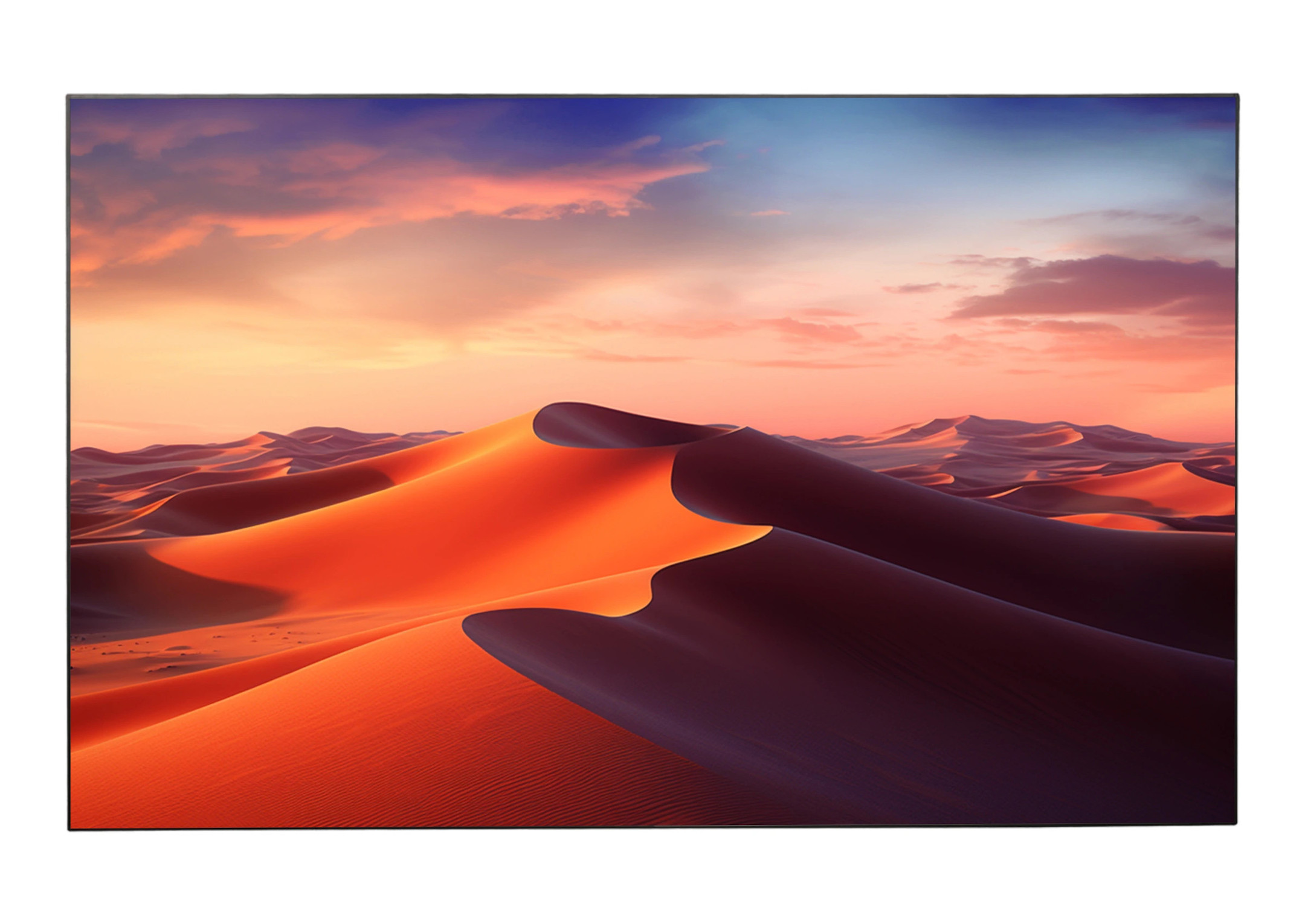celexon Frame HomeCinema CLR UST-Series
Immerse yourself in the ultimate home cinema experience with the celexon Frame HomeCinema CLR UST category. Experience razor-sharp images, vivid colours and stunning picture quality in the comfort of your own home. Thanks to ambient light-rejecting technology, you'll enjoy high-contrast images and sharp black levels, even in rooms with bright light. Ultra-Short Throw technology allows you to make your home cinema a reality, even in small rooms, without compromising on picture quality. The series is 4K UHD ready and even supports Active 3D content. Discover the diverse options of celexon Frame HomeCinema CLR UST screens and benefit from our installation and delivery service. Take your home cinema experience to a new level and get excited about the celexon Frame HomeCinema CLR UST series.

3 Products
Sort by:































